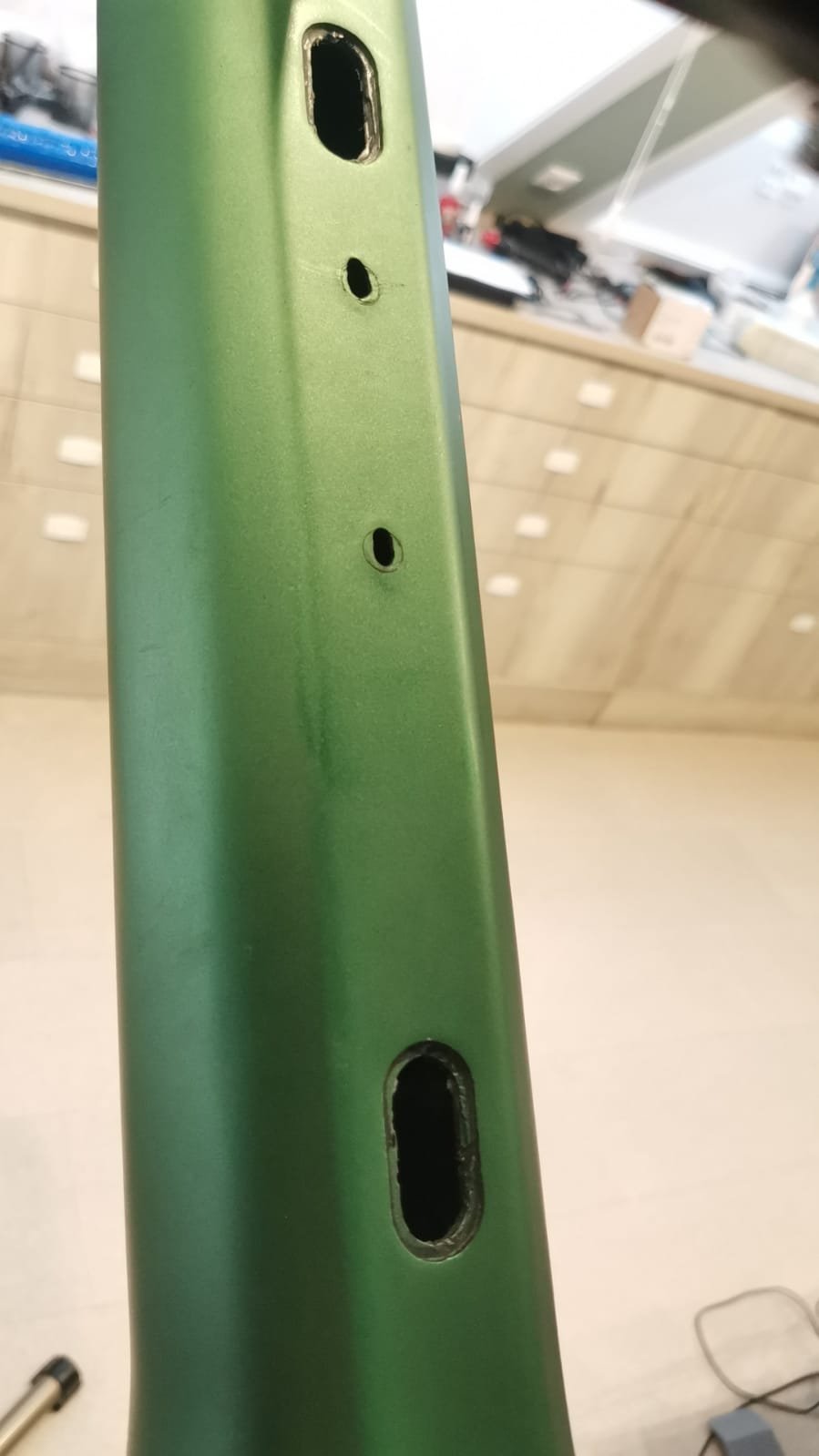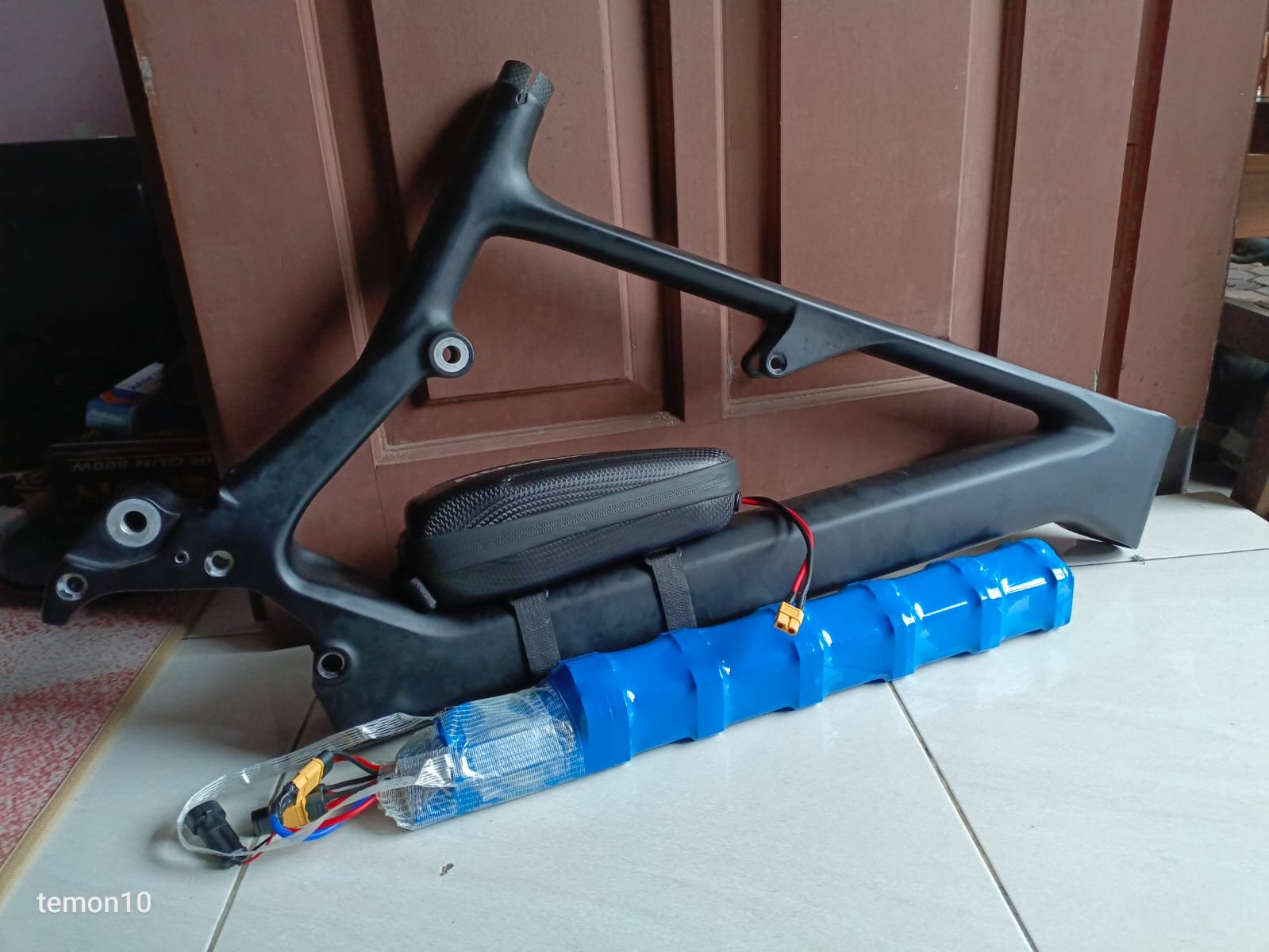thaeber
Well-known member
thinking
This looks like a bad idea imho, placing significant weight at the worst place available on the frame in regards of weight distribution / center of gravity. 2kg wobbling around on the toptube..I was thinking top tube...
View attachment 132469

